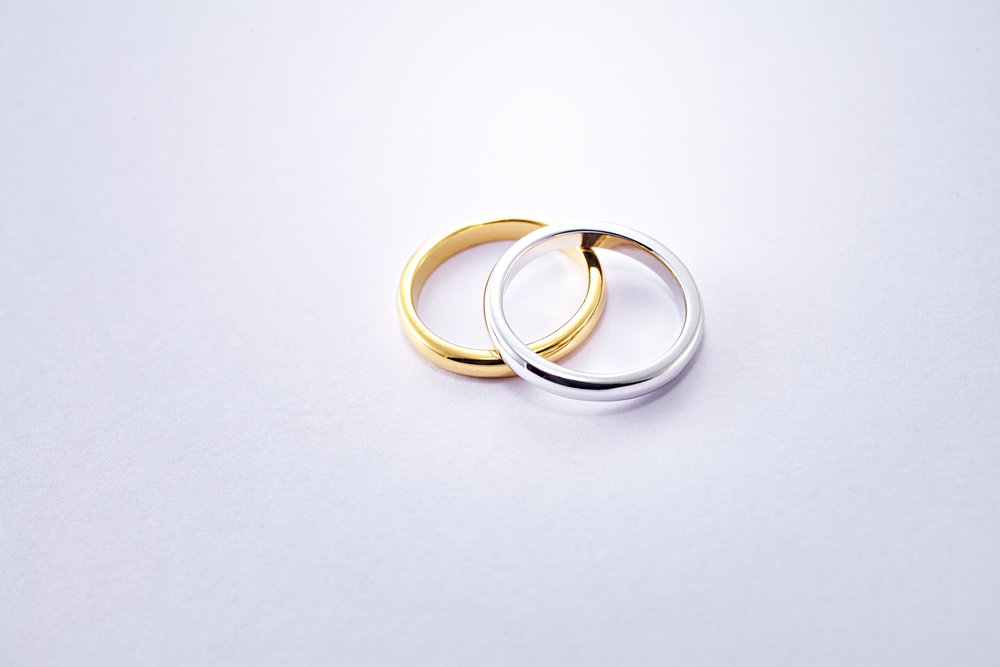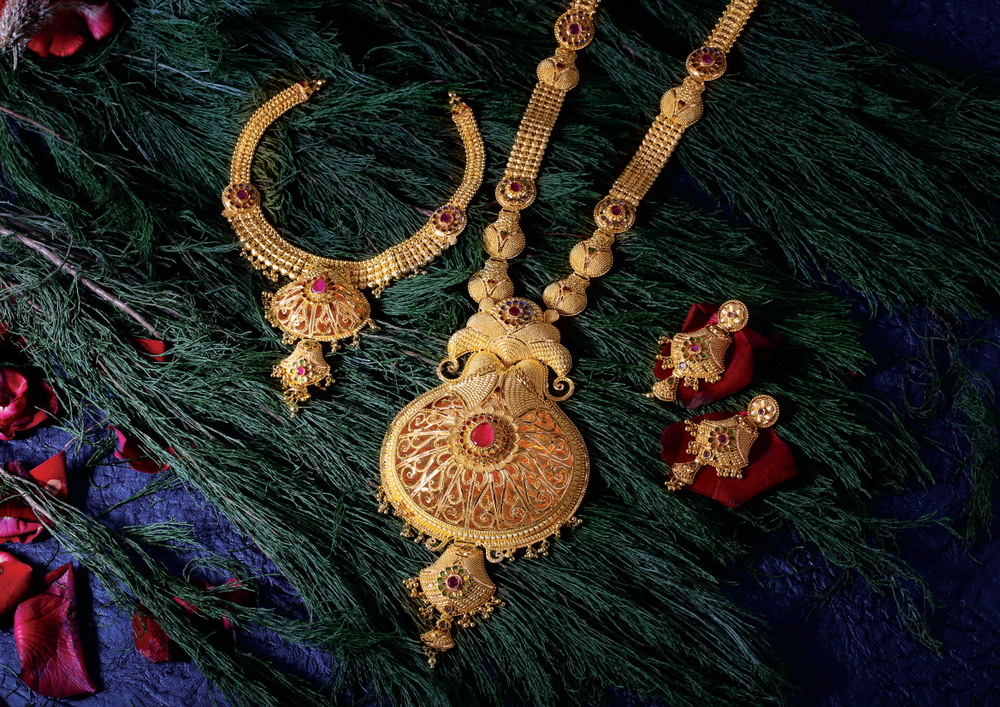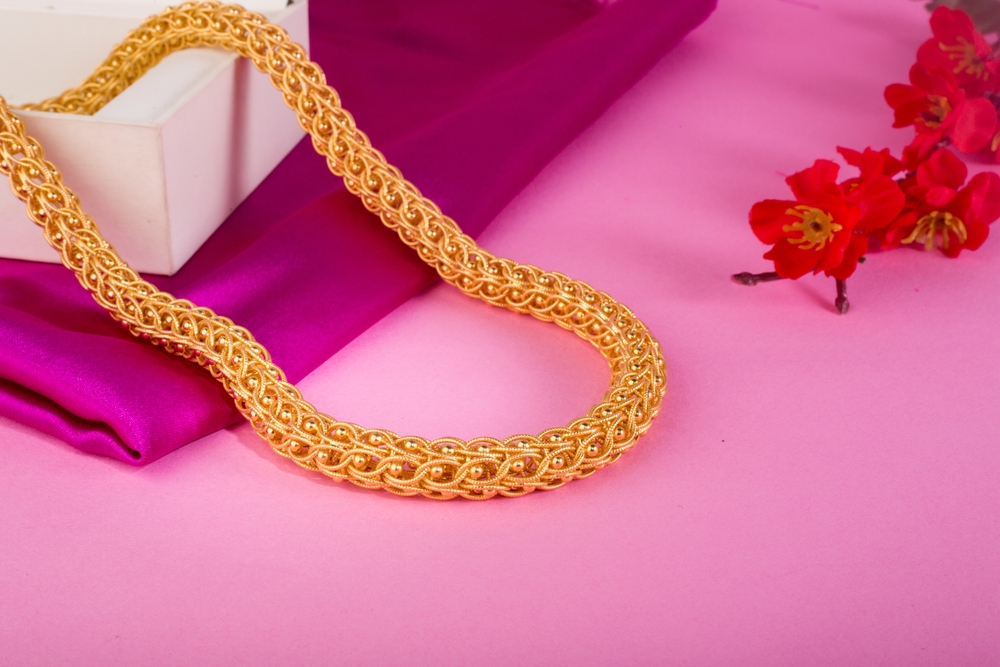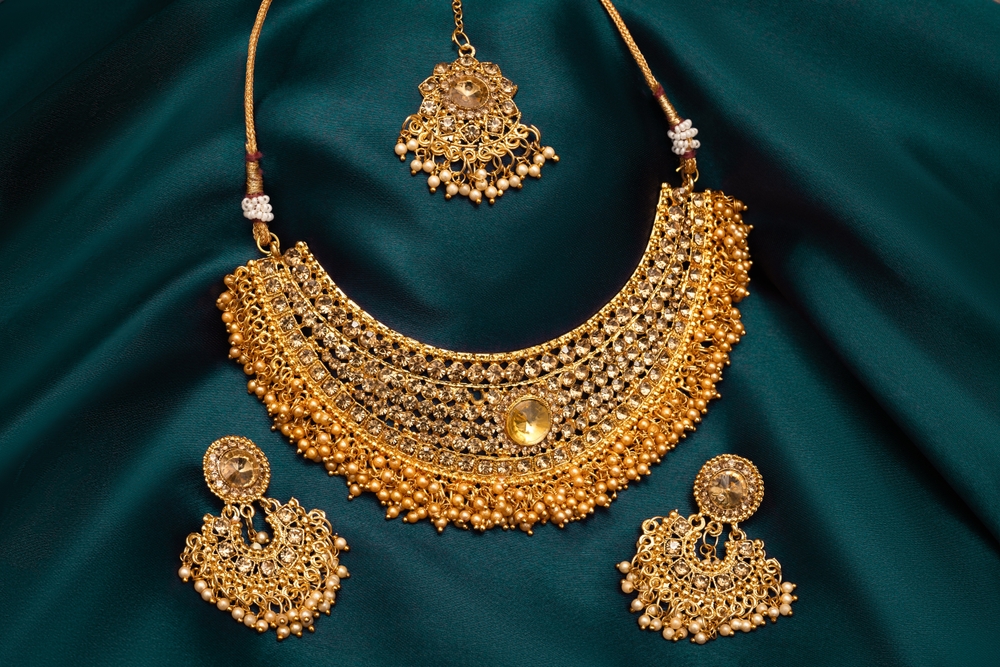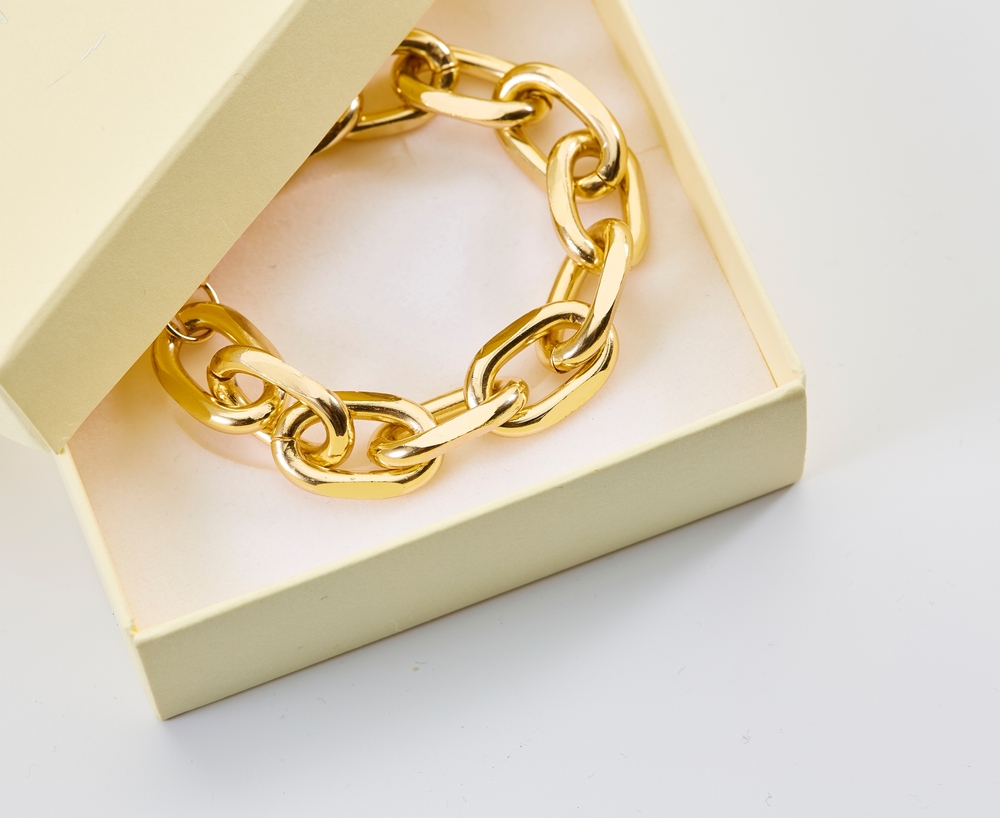Introduction
Investing in precious metals has long been a strategy for wealth preservation, and the debate of gold vs. silver remains a pivotal topic for investors today. At Aarchievgold, we understand the attraction of these metals, which not only symbolize wealth and stability but also serve as effective hedges against economic uncertainties. As financial markets fluctuate, many individuals turn to gold and silver to safeguard their assets and diversify their portfolios. In this article, we will explore the unique characteristics of both metals, helping you make an informed decision about which one aligns best with your investment goals.
Understanding the Appeal of Precious Metals in Investment Portfolios
Investing in precious metals like gold and silver has long been a favored strategy for those seeking to preserve wealth and ensure stability. The attraction of these metals lies not only in their historical significance but also in their ability to act as a hedge against economic uncertainties. Gold vs. silver remains a hot topic among investors, each metal offering unique benefits that cater to different investment goals. As financial markets become increasingly volatile, the demand for tangible assets like gold and silver tends to rise, making them attractive options for risk-averse investors.
Why Gold and Silver Are Popular Choices for Preserving Wealth and Stability
Gold has been revered for centuries as a reliable store of value, often seen as a safe haven during economic downturns. Its historical significance and cultural importance further enhance its appeal. Gold vs. silver is an ongoing discussion, particularly because gold’s status is often linked to its scarcity and universal acceptance. In contrast, silver’s role as both a precious metal and an industrial commodity adds another layer of complexity to this debate.
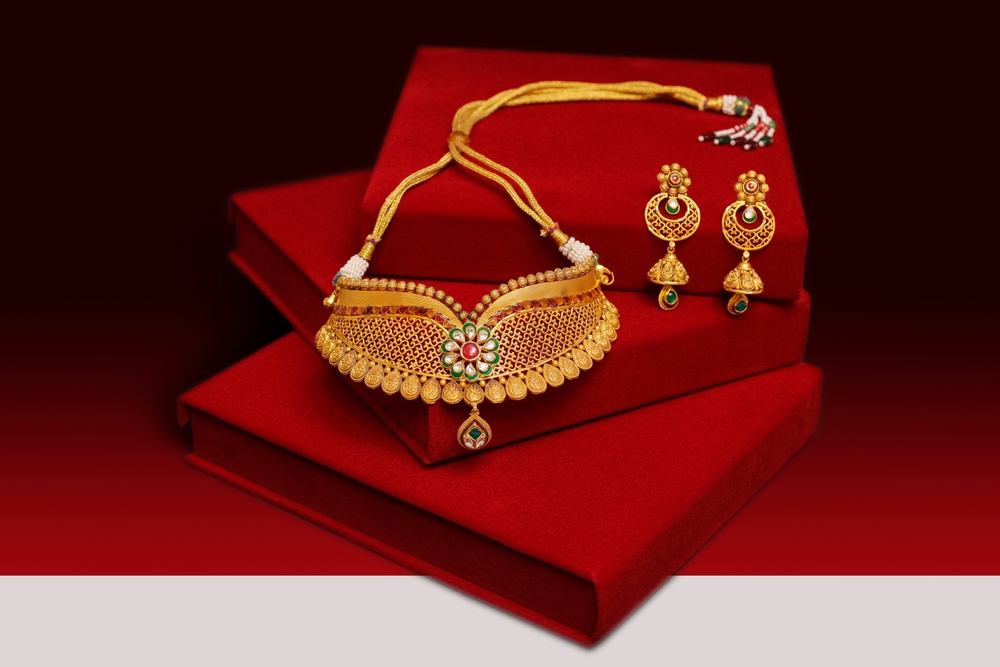
Gold Investment: A Safe Haven and Hedge Against Inflation
Historical Value and Stability of Gold During Economic Downturns
Gold vs. Silver has been a classic comparison for investors seeking a safe haven during economic crises. Gold consistently demonstrates its value when other investments falter, particularly during downturns like the 2008 financial crisis, when gold prices soared as investors flocked to this asset. Historically, gold has shown less volatility compared to silver, making it an attractive option in the Gold vs. Silver debate for those prioritizing stability. This characteristic appeals to investors during geopolitical tension or financial instability, further establishing gold as a reliable choice when confidence wanes.
How Gold Acts as a Hedge Against Inflation and Currency Fluctuations
In the Gold vs. Silver discussion, gold is often viewed as an effective hedge against inflation. As the cost of living rises and currency value declines, gold retains its purchasing power. This is especially relevant during periods of high inflation or economic instability, reinforcing the argument for including gold in a long-term wealth preservation strategy. Additionally, central banks worldwide tend to increase their gold reserves in inflationary periods, solidifying its status as a reliable asset in the Gold vs. Silver spectrum.
Silver Investment: The Versatile Metal with Industrial Demand
Silver’s Dual Role as a Precious and Industrial Metal
In the Gold vs. Silver comparison, silver holds a unique dual role as both a precious metal and an industrial component. Unlike gold, silver is essential in applications such as electronics and renewable energy technologies. This dual role adds complexity to silver’s market dynamics, making it more volatile but potentially lucrative as industries evolve and demand grows. For those weighing Gold vs. Silver, silver offers a blend of stability and growth tied to industrial demand.
Factors That Make Silver More Volatile but Potentially More Rewarding
Silver’s price volatility compared to gold is influenced by its smaller market size and industrial demand. While this can lead to price swings, it also presents opportunities for higher returns during favorable conditions, adding a layer of excitement to the Gold vs. Silver investment landscape. Investors who are adept at timing may find silver can outperform gold in bullish markets, although this potential reward comes with higher risk.
Comparing Returns: How Gold and Silver Perform Over Time
Historical Performance of Gold vs. Silver in Various Market Conditions
When comparing Gold vs. Silver returns over time, gold generally outperforms silver with steadier growth and less risk. However, during bullish markets or high industrial demand periods, silver may outshine gold. Understanding these trends can guide investors on when to buy or sell each metal, depending on their financial goals and market conditions.
Risk and Reward: How Each Metal Fits into Short-Term and Long-Term Strategies
In the Gold vs. Silver debate, assessing risk tolerance is key. Gold is typically favored for long-term stability, while silver attracts those seeking short-term gains through its price fluctuations. By diversifying investments across both metals, investors can balance potential rewards and risks, tailoring portfolios to fit both short-term strategies and long-term goals.
Liquidity and Accessibility: Which Metal Is Easier to Trade?
Gold’s Market Size and High Liquidity for Large-Scale Investors
In terms of liquidity in the Gold vs. Silver choice, gold’s larger market size results in higher liquidity, especially valuable for large-scale investors. This liquidity allows for easier transactions without significantly impacting prices, making gold the preferred choice for those seeking a liquid asset that can be quickly converted to cash when needed.
Silver’s Accessibility for Smaller Investors and Options for Easy Entry
On the other hand, silver’s lower price point makes it more accessible for smaller investors. With options like coins or smaller bars at lower costs than gold, new investors can enter the precious metals market without committing large sums of money. This affordability adds another layer to the ongoing gold vs. silver discussion by allowing more individuals to participate in precious metal investments without significant financial barriers. Moreover, many online platforms facilitate easy purchasing options for silver, further enhancing its accessibility.
Factors to Consider: Deciding Which Metal Fits Your Investment Goals
Diversification: Balancing Your Portfolio For Gold vs. Silver
Diversification is key in any investment strategy. Including both gold and silver can provide balance; while gold offers stability, silver introduces potential growth opportunities through its industrial applications. A well-rounded portfolio may benefit from exposure to both metals while mitigating risks associated with economic fluctuations. Additionally, balancing these assets can help investors navigate different market cycles more effectively.
Risk Tolerance and Market Outlook: Matching Your Strategy with the Right Metal
Understanding personal risk tolerance is essential when deciding between gold vs. silver investments. Those prioritizing security may lean towards gold, while those willing to embrace volatility might find silver more appealing due to its potential for higher returns. By aligning investment choices with individual financial goals and market outlooks, investors can create strategies that reflect their unique circumstances while maximizing potential gains.
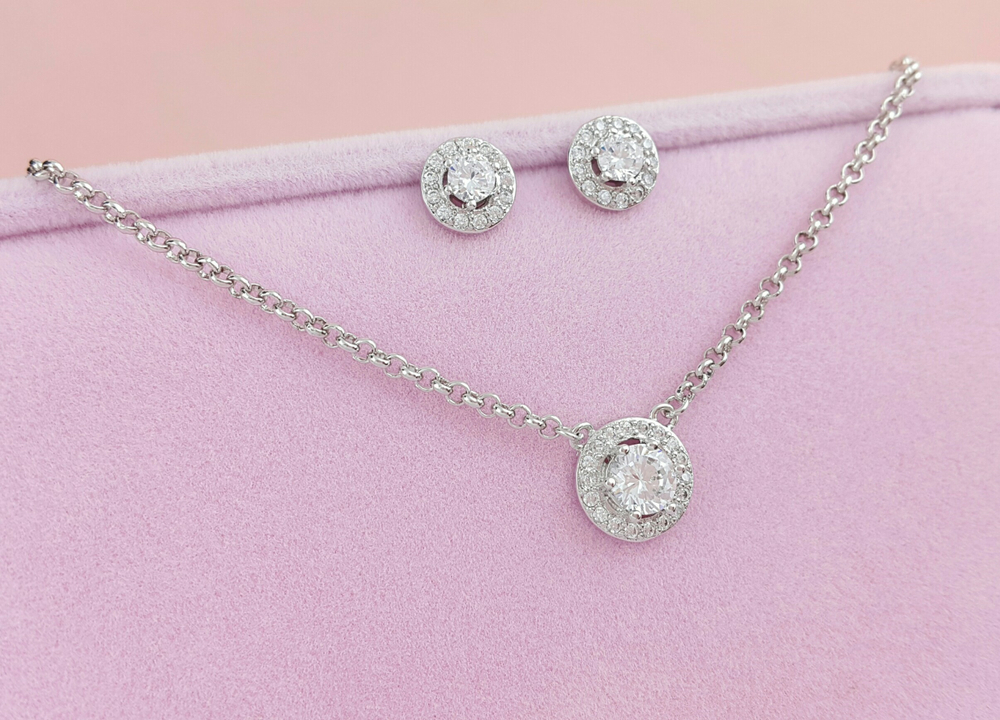
Tax Implications and Storage Costs
Tax Considerations for Gold and Silver Investments Across Regions
Investors must also consider tax implications when investing in precious metals. Different regions have varying tax treatments for gold vs. silver investments; understanding these regulations can impact net returns significantly. Some countries may impose capital gains taxes on profits from selling these metals, while others might offer exemptions or reduced rates under certain conditions. Being aware of these factors can help investors plan more effectively.
Storing Your Assets: Physical Storage Costs and Security Considerations
Storage costs are another factor that can influence investment decisions between gold and silver. Gold typically requires less storage space than an equivalent value of silver due to its higher density; thus, storage costs may be lower for gold investments. Additionally, security considerations play a crucial role; many investors opt for secure vaults or safety deposit boxes to protect their assets from theft or damage. Understanding these costs helps in making informed decisions about how best to manage precious metal investments.
Alternative Investments: ETFs, Stocks, and Mutual Funds in Precious Metals
The Benefits and Drawbacks of Investing in Gold and Silver ETFs
For those who prefer not to hold physical metals, exchange-traded funds (ETFs) offer an alternative way to invest in precious metals like gold vs. silver without the need for physical storage or security concerns. However, ETF investments come with management fees that can eat into returns over time. Additionally, while ETFs provide exposure to price movements of these metals without direct ownership risks, they may not offer the same level of control over one’s investment compared to holding physical assets.
Exploring Stocks and Mutual Funds for Indirect Exposure to Gold and Silver
Investing in stocks or mutual funds that focus on companies involved in mining or producing these metals can provide indirect exposure while diversifying risk across multiple assets within the sector. This approach allows investors to benefit from both rising commodity prices and company performance without directly investing in physical metals themselves. However, it’s important to research individual companies thoroughly since their performance can be influenced by factors beyond just metal prices.
Conclusion
In conclusion, both gold vs. silver present compelling arguments for inclusion in any investment portfolio based on individual goals and risk tolerance levels. While gold remains a stalwart choice for stability and wealth preservation during economic uncertainty, silver offers dynamic potential through its industrial applications and price volatility. By understanding the unique characteristics of each metal—alongside personal investment objectives—investors can make informed choices that align with their financial strategies. The ongoing debate surrounding gold vs. silver will continue as market conditions evolve; thus, staying informed about trends affecting both metals’ performance is essential for successful investing over time.
If you’re considering adding precious metals to your investment portfolio, Aarchievgold offers a range of high-quality gold and silver products. Explore our collection today to find the perfect investment that aligns with your financial goals!
FAQs
What are the main differences between investing in gold and silver?
Gold is often seen as a stable investment and a hedge against inflation, while silver has both precious metal and industrial applications, making it more volatile but potentially more rewarding.
Which metal has historically provided better returns?
Historically, gold has delivered steadier returns over the long term, while silver can outperform gold during periods of high industrial demand or market rallies.
Is it better to invest in physical metals or ETFs?
Investing in physical metals provides tangible assets, but ETFs offer liquidity and ease of trading without the need for storage, making them suitable for different types of investors.
How should I decide which metal to invest in for my portfolio?
Consider your financial goals, risk tolerance, and market outlook. A balanced approach may involve investing in both gold and silver to diversify your portfolio effectively.

